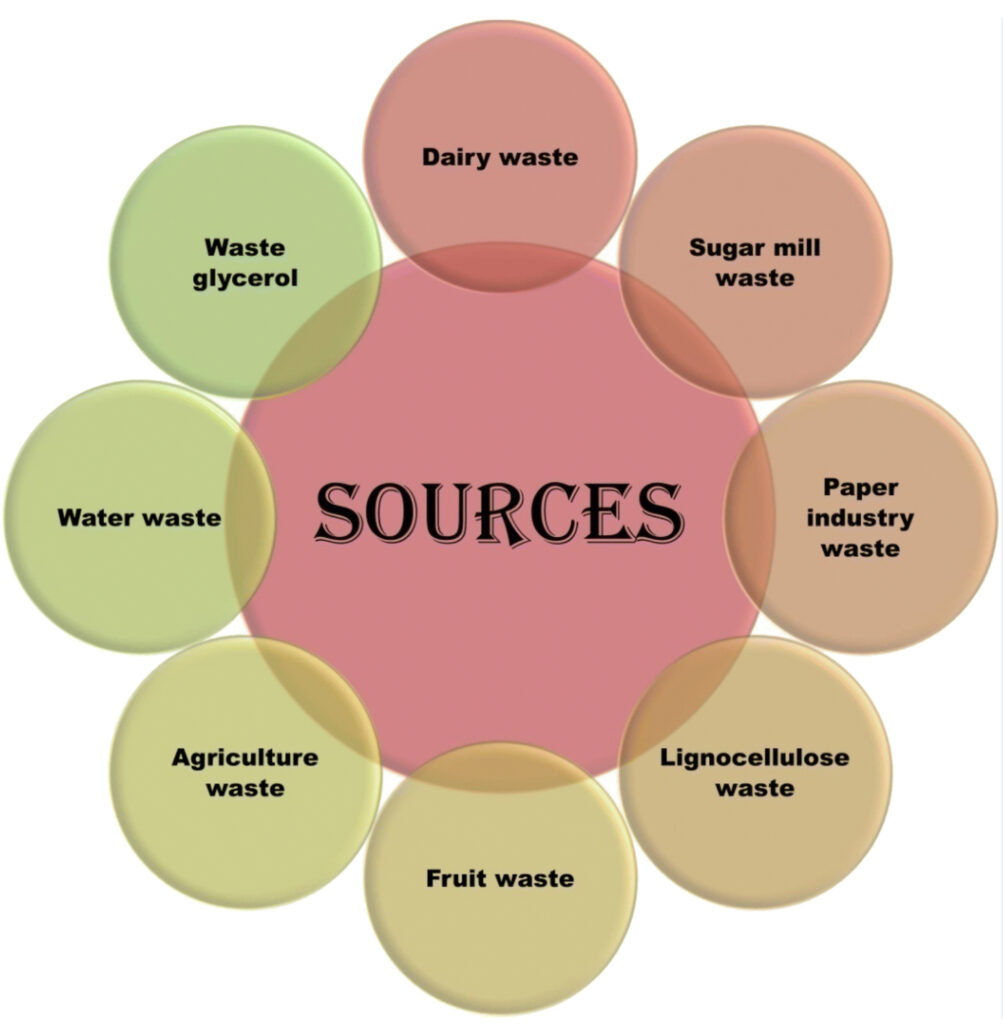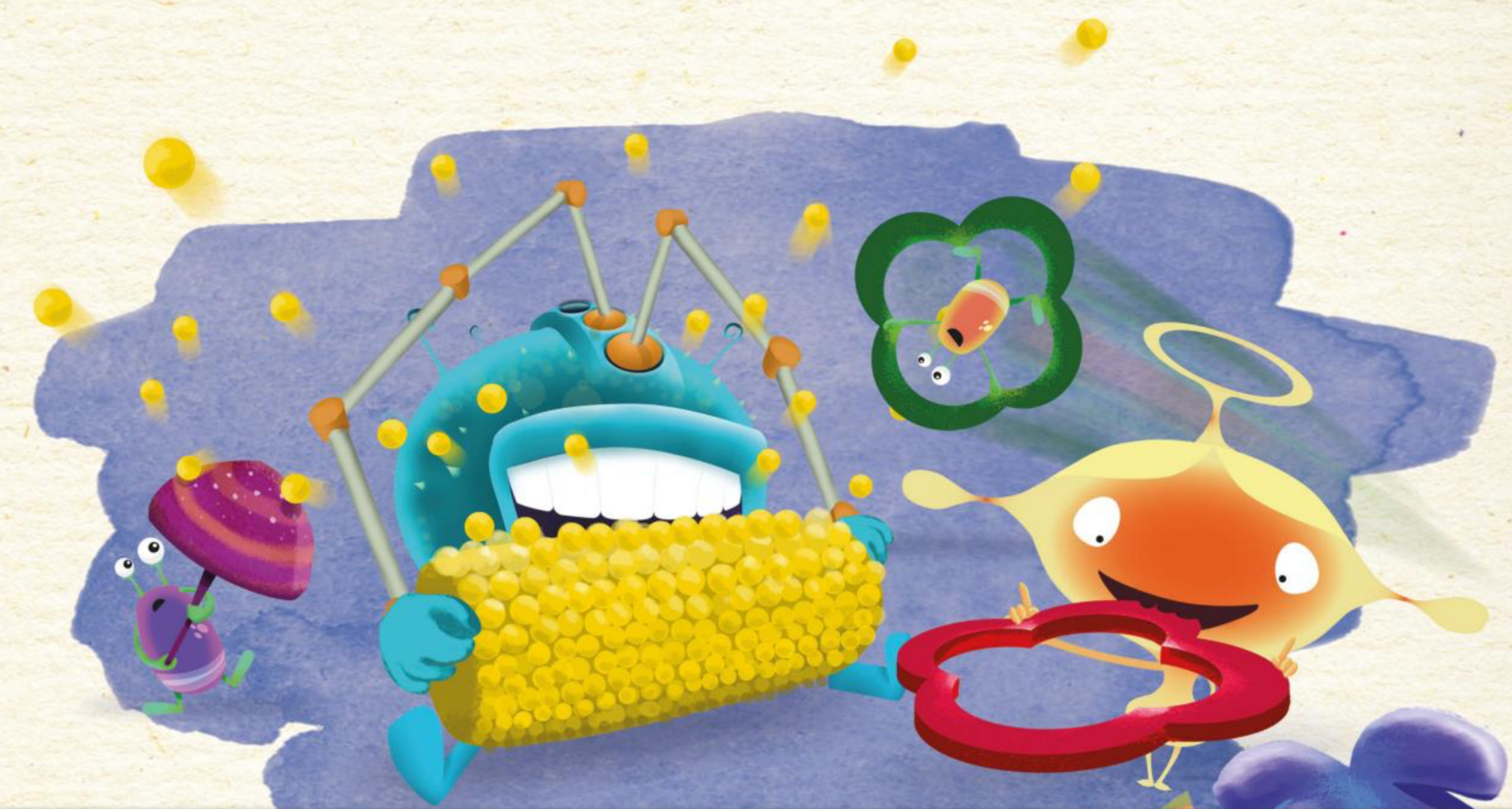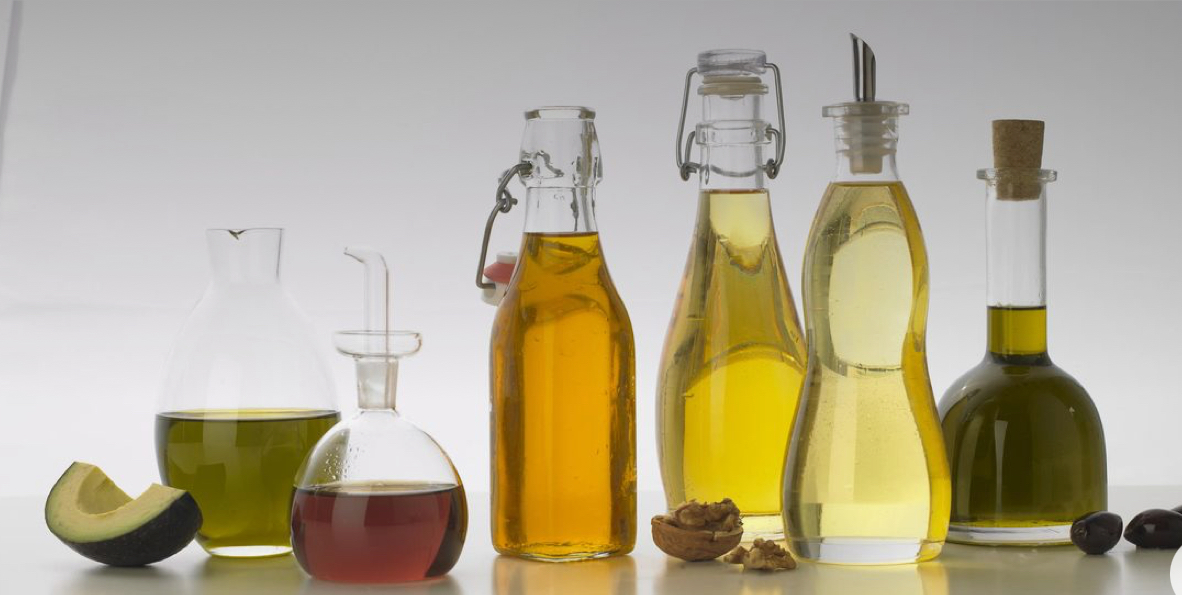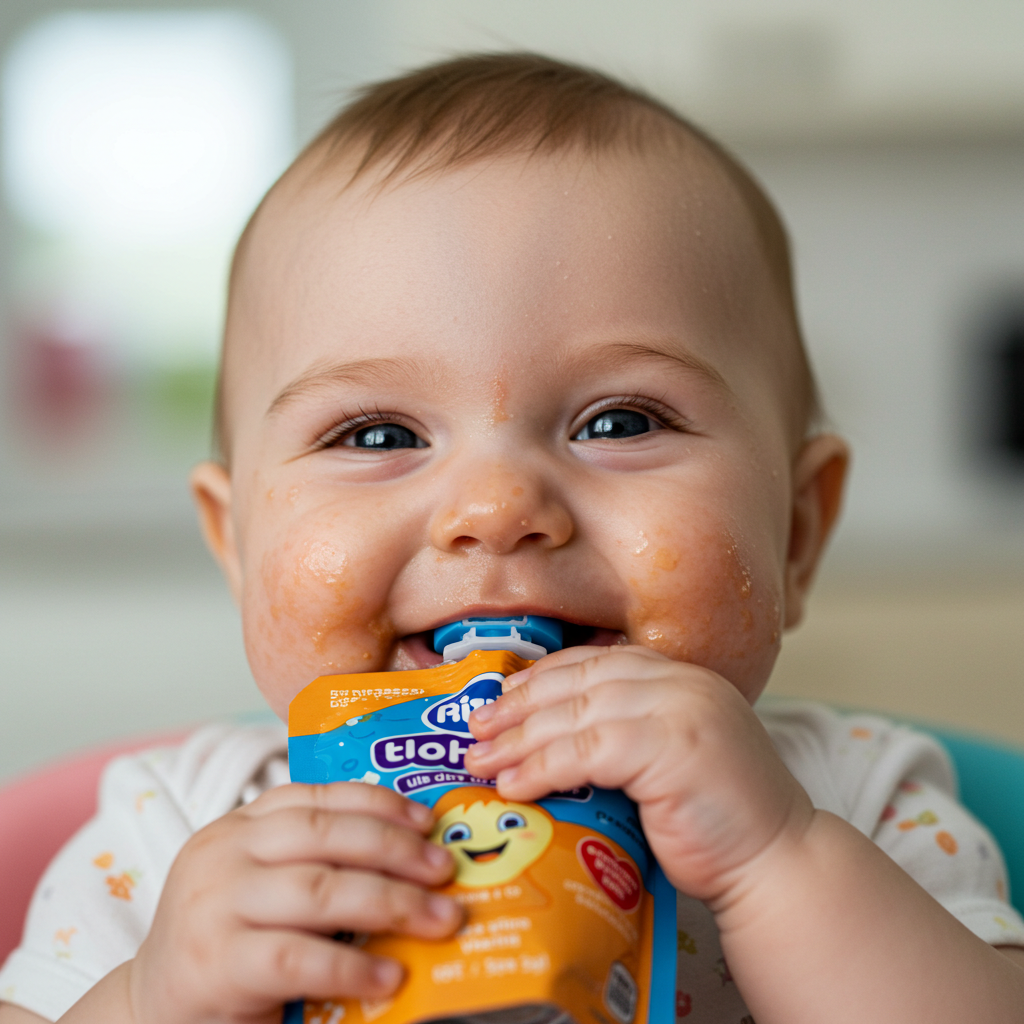Remember when food packaging was just… there? A silent guardian against the elements? Well, those days are long gone. In 2025, our relationship with what wraps our groceries is undergoing a radical transformation, driven by environmental urgency, tech innovation, and a demand for radical transparency.
Real-Time Insights: Getting the Full Story From Your Food Wrap
Forget passive layers of plastic. Today’s food packaging is getting smart. Imagine scanning a QR code on your locally sourced berries and instantly accessing not just their origin, but their freshness level, the farm’s sustainability credentials, and even recipe suggestions. This isn’t sci-fi, it’s the reality of connected packaging, leveraging IoT sensors and data analytics to enhance the consumer experience and build trust.
Sustainability Front and Centre: Is This the End of Single-Use?
But the real punchline? Sustainability is no longer a niche, it’s the baseline. The era of single-use plastics is facing a reckoning. In the UK and beyond, 2025 is seeing a surge in truly circular solutions. We’re talking about innovative materials – plant-based polymers with enhanced barrier properties, compostable packaging that genuinely breaks down, and a significant push towards reusable and refillable systems. Retailers are incentivising bringing your own containers, and brands are designing packaging with second (and third) lives in mind.

The Power of Information: Knowing the Outside Story
Education is key here. Just like understanding the ingredients inside, consumers in 2025 want to know the story of the outside. Clear labelling detailing the materials used, their recyclability or compostability, and even the carbon footprint of the packaging is becoming the norm. No more greenwashing – authenticity and verifiable information are paramount.
Where Are We Now?
E-commerce driven innovation: packaging designed for the rigours of online delivery, ensuring product protection while minimising excess material, is a significant area of development.
Smart & interactive: QR codes and NFC tags are increasingly common, offering consumers a deeper dive into product information, brand stories, and even interactive experiences like augmented reality games on cereal boxes.
Sustainable materials take centre stage: paper and paperboard are holding the largest share of sustainable packaging, but innovations in plant-based plastics (like PLA and PHA), modified cellulose, and even materials derived from agricultural waste are rapidly gaining traction. Expect to see more packaging made from things like sugarcane by-products and hemp fibres.
The Rise of reusability: deposit return schemes and durable, reusable containers are moving from pilot projects to mainstream adoption, particularly for beverages and some food staples.
Focus on reducing material usage: lightweighting designs and flexible packaging solutions are becoming increasingly popular, minimising waste and transportation costs.
Transparency & clear labelling: brands are under pressure to provide clear and honest information about their packaging materials and their environmental impact. Certifications for compostability and sustainable sourcing are becoming crucial for consumer trust.
The punch? Food packaging in 2025 is no longer a silent extra. It’s a dynamic communicator, a tangible commitment to sustainability, and a crucial element in building a more informed and environmentally conscious consumer base. The secrets aren’t so secret anymore – they’re printed right there on the box, the pouch, the wrapper, urging us to unbox a more responsible future,





